|
Wayne Griffioen from Tasman Geotechnics contacted ROV Innovations to assist with the possibility of surveying the extent of some flooded old coal mines in Northern Tasmania. The coal mine was discovered on some old maps of the area and was found whilst conducting standard boring to determine geological information of the area. The cave itself was only 800mm high, and located approximately 21m underground. They also had the equivalent water depth of 14m. After discussions with Wayne on the different options available, we settled on using a combination of a high resolution scanning sonar (Kongsberg MS1000), and a small, lightweight ROV for further exploration. The original borehole was only 90mm in diameter, therefore it had to be increased to allow the equipment through the hole and into the coal tunnels. Unfortunately, the positioning of the borehole on entry to the coal mine was off centre, therefore the sonar was situated within a small alcove in the cave, restricting the images of the western wall. However detailed measurements were gathered showing bends within the cave and also junctions where the mine branched in different directions. As the mine profiles were gathered every 100mm, we could determine the height, width and length of the coal mine section we were in and then compare this to the original drawings of the mine structure. A Videoray Pro 4 was also on site to obtain video footage of the mine itself as well as explore the various mine tunnels. Unfortunately due to the extremely high turbidity of the water within the mine, the camera on the ROV was only useful for obtaining video of the various rock layers, as well as their geological structure.
The data from the MS1000 sonar allowed us to determine the best location for additional boreholes to allow the deployment of the sonar for further mapping of the flooded coal mine. Thanks to Wayne Griffioen and Emily Bartlett from Tasman Geotechnics, as well as Simon Hills from Imbros for making this project run extremely smoothly despite the horizontal hail and extremely cold conditions on the day. We look forward to continuing the exploration of the coal mine once the additional boreholes have been drilled.
0 Comments
ROV Innovations have recently conducted a thorough scanning sonar inspection of a creek crossing in Victoria for Sterling Group and Victoria Rail. The Kongsberg MS1000 high resolution scanning sonar was used due to the high turbidity of the creek which prevented any sort of visual inspection from being carried out, either by a commercial dive team or ROV. Multiple imaging scans were taken within the creek to show the bottom topography and indicate if there were any buildup of debris around the rail footings, and also to highlight any possible scouring. Due to the versatility of the Kongsberg MS1000 scanning sonar, creek profiles were also taken at multiple locations both longitudinally and transversely around the rail assets. This allowed a true profile of the area to be visualised, which in turn enabled the engineers to compile their structural report with an extremely high level of confidence High end equipment such as the Kongsberg MS1000 High Resolution Scanning Sonar enable traditionally difficult areas to be inspected and surveyed underwater. Areas with zero visibility and high currents (most Australian rivers) have traditionally been inspected with divers "feeling" the areas around the asset. This leaves extremely high levels of variation and increases the chance that areas are missed. The Sonar ensures that 100% of the asset and surrounding environment is assessed and mapped for the client, with minimum time taken and minimal OH&S risk as no staff are physically in the water. Thanks to David and Ben at Sterling for their assistance and hospitality, as well as Mark Atherton for his assistance with the MS1000
Contact us today to see how we can use our sonar and ROV solutions to assist with your next inspection. |
About UsROV Innovations provides High Definition underwater footage for industries such as Marine Conservation and Research, Australian Biosecurity, Customs, Documentary and Film Makers, Oil and Gas industries, and AQIS to name a few. Categories
All
Archives
April 2023
|
ROV Innovations.... Servicing Australia and the Pacific
Underwater ROV Inspections
Brisbane Gold Coast Newcastle Sydney Canberra Melbourne Hobart Adelaide Perth Darwin Auckland Fiji Vila Tonga Apia Rarotonga PNG
Underwater ROV Inspections
Brisbane Gold Coast Newcastle Sydney Canberra Melbourne Hobart Adelaide Perth Darwin Auckland Fiji Vila Tonga Apia Rarotonga PNG
Our Services |
Applications |
ROV Innovations |
ROV Innovations is a pioneering company providing positive, safe, and environmentally compliant outcomes for our clients.
We provide ultra Hi-definition (4K) underwater ROV inspections and surveys for industries such as Marine Conservation, Marine Research, Australian Biosecurity, Customs, Documentary and Film Makers, Oil and Gas industries, and AQIS through Remote Operated underwater Vehicles (ROV’s).
We provide ultra Hi-definition (4K) underwater ROV inspections and surveys for industries such as Marine Conservation, Marine Research, Australian Biosecurity, Customs, Documentary and Film Makers, Oil and Gas industries, and AQIS through Remote Operated underwater Vehicles (ROV’s).
© 2020 ROV Innovations | Queensland Australia | [email protected] | Mob +61 402 284 435


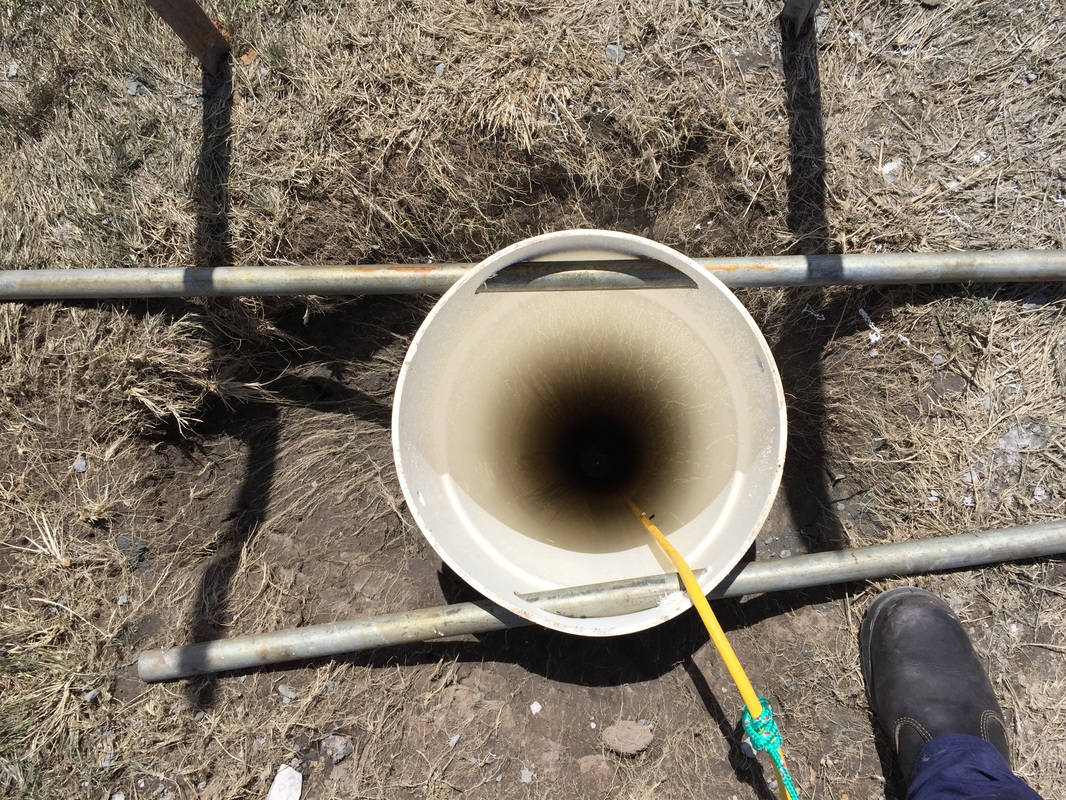
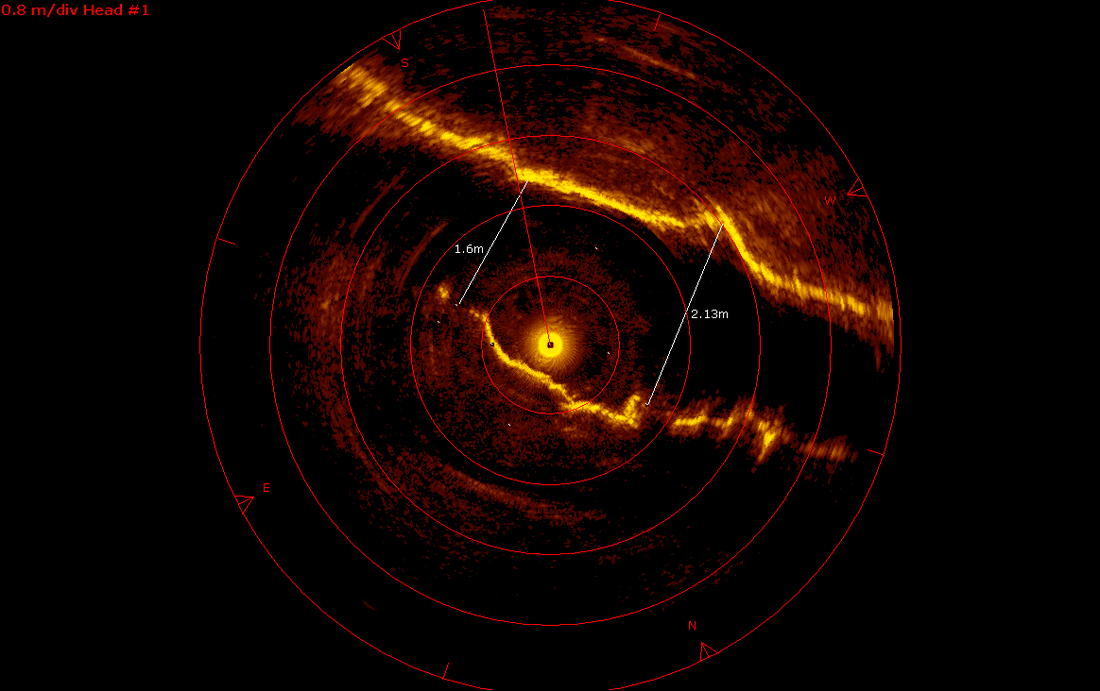




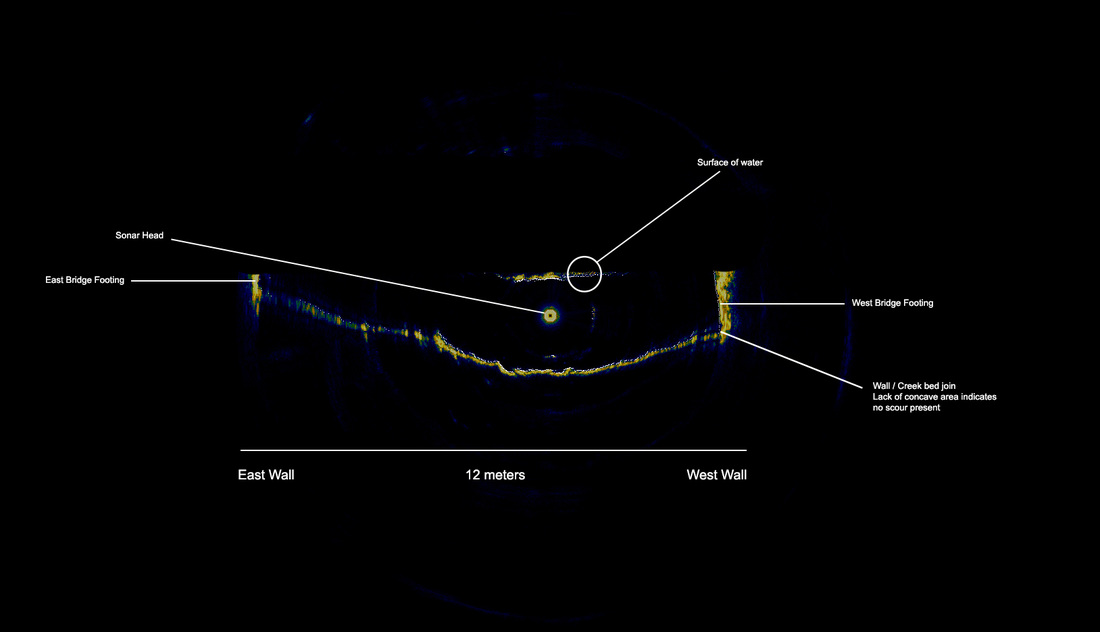
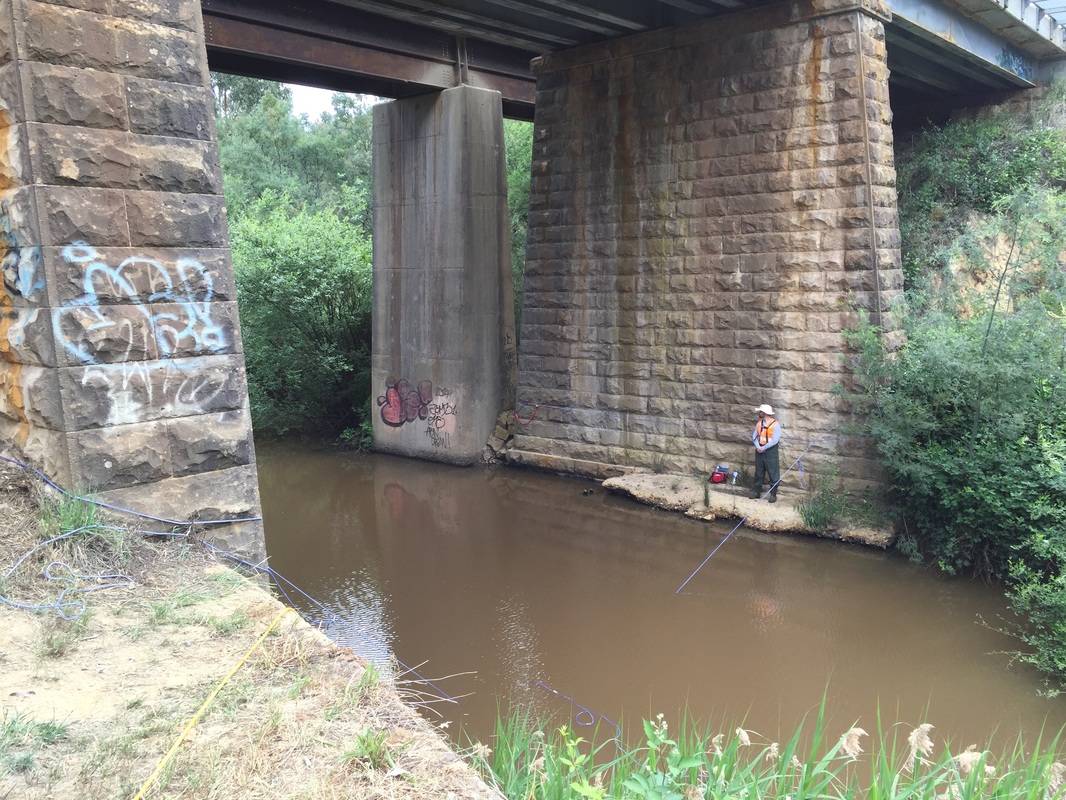
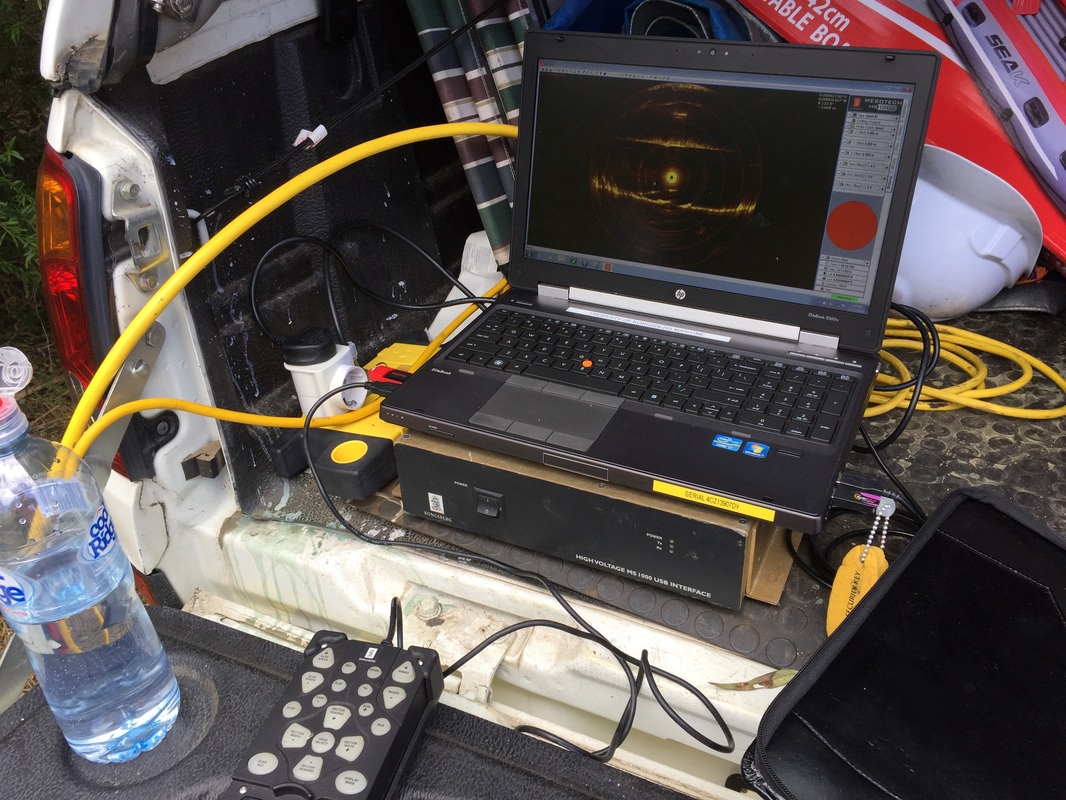

 RSS Feed
RSS Feed

